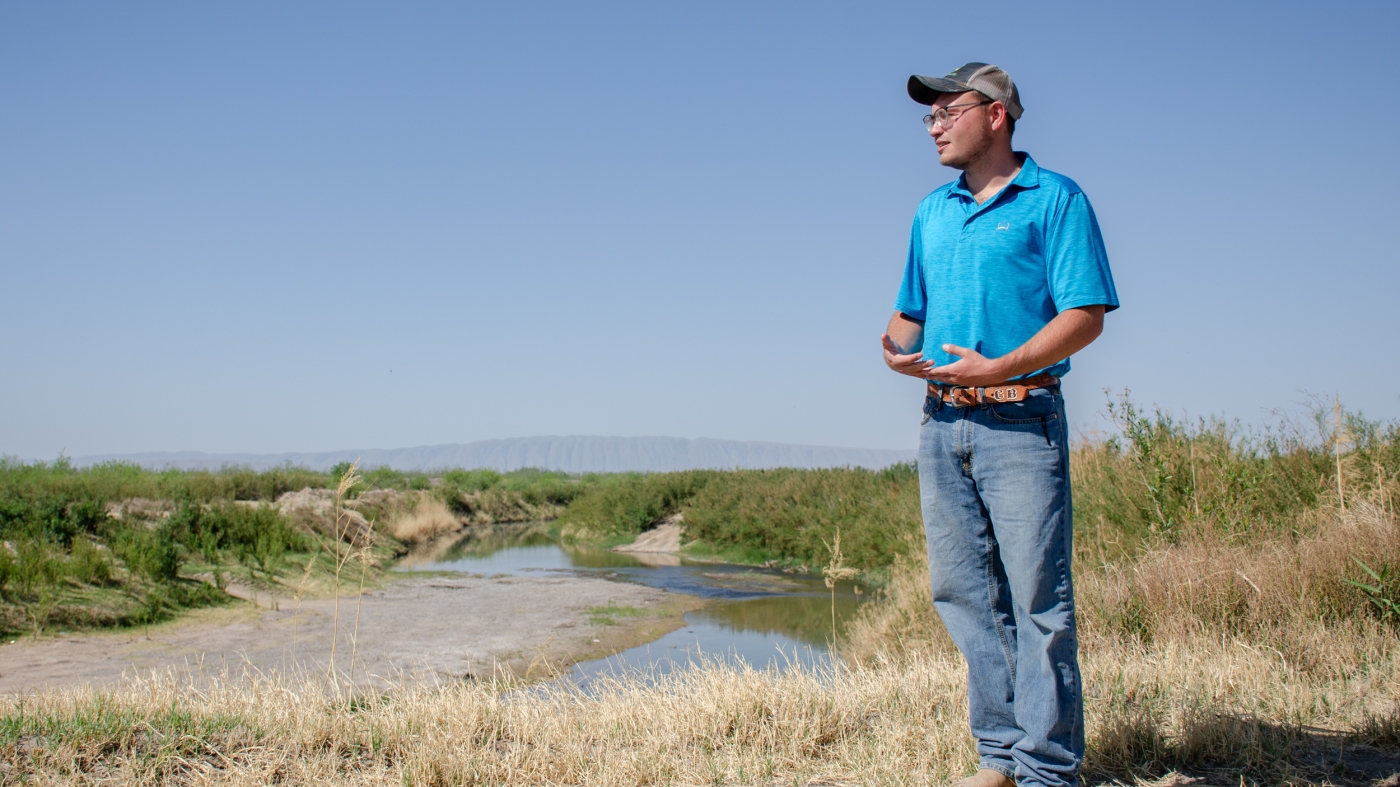Now Reading: Texas farmers struggle as Mexico and U.S. wrestle with water from the Rio Grande treaty
-
01
Texas farmers struggle as Mexico and U.S. wrestle with water from the Rio Grande treaty
Texas farmers struggle as Mexico and U.S. wrestle with water from the Rio Grande treaty

Chris Bell is standing by the Rio Grande in Presidio, Texas, with plans to grow alfalfa and turfgrass to revive the agricultural industry in the region. The area, known as La Junta de los Rios, where the Rio Conchos and Rio Grande meet, has a long history of cultivation. Bell, a newcomer to farming in Presidio, is drawn to the rich soil and river access in hopes of rejuvenating the once thriving agricultural sector in Far West Texas. However, challenges such as prolonged droughts, population growth, and aging infrastructure on both sides of the border have complicated Mexico’s ability to fulfill its water delivery obligations to the U.S.
Historically, Mexico has struggled to meet its water delivery commitments, resulting in significant financial losses for Texas farms. President Trump has applied pressure on Mexico to comply with water deliveries, even denying a recent request from Mexico for water supply. The unpredictability of water availability poses a significant challenge, with experts noting that the scarcity of water resources is a shared concern that transcends political boundaries.
With Mexico falling short on its water deliveries, farmers like Valentin Sanchez in Presidio are facing uncertainties about the future of their crops. Mexico has pledged immediate water deliveries to meet treaty requirements, but concerns remain about the sustainability of this solution. As the October deadline approaches, both Mexico and the U.S. are set to evaluate water deposits and rainfall to assess the effectiveness of the measures taken so far.






